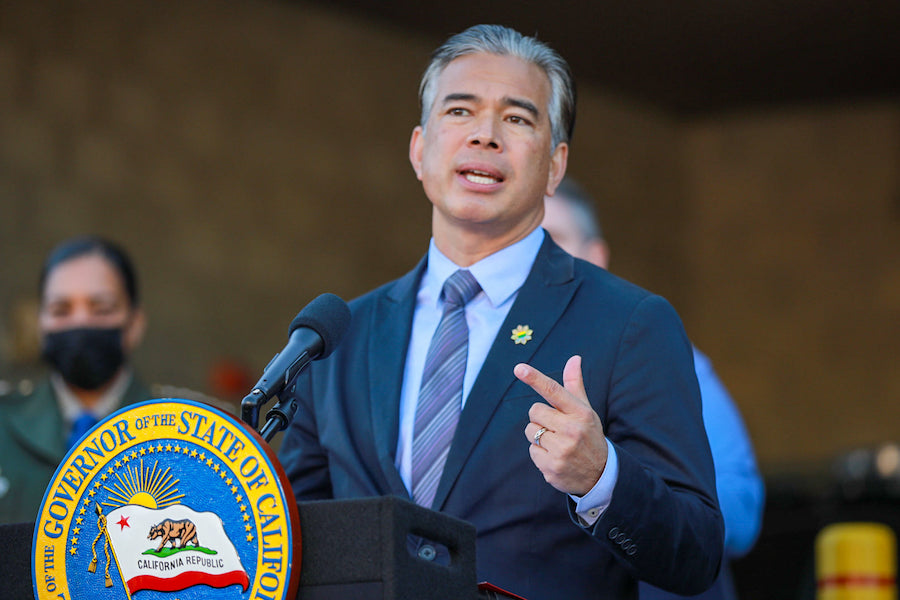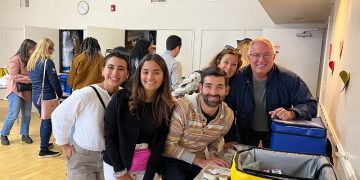The reports came in from all across America during last fall’s election: electronic voting machines were flipping some votes from Republican to Democrat in some states. From Democrat to Republican in others. In one state with several close races, Wisconsin, electronic vote-counting machines registered just 16 votes in a city where about 5,350 persons were known to have cast ballots.
Other reports came from places as diverse as Connecticut and Texas, North Carolina and Illinois, but there were no problems in California. Beware, though, that good news may not last much longer.
Serious potential problems with electronic voting machines built by companies like Diebold and Election Systems & Software became a major fear in the middle of the last decade, and it could happen again.
The earlier worries eased considerably when outgoing California Secretary of State Debra Bowen conducted a “top to bottom” review of all voting systems in the state almost eight years ago, resulting in mothballs for many Diebold, ES&S and other machines that proved hackable in tests conducted here and in Florida.
For the most part, California went back to paper ballots which are counted electronically, making for somewhat slower election results than in many other states, but far fewer questionable results. In the few areas where some votes are cast electronically, there’s always a paper trail to ensure they can be counted accurately later, if needed.
So there have been no serious questions about the outcomes of California elections in about a decade, even though there are some gripes that the process here is too primitive.
One who believes this is Alex Padilla, the former Democratic state senator from the San Fernando Valley portion of Los Angeles who takes over in January as the new secretary of state, California’s top elections officer. Padilla, an MIT graduate and once the youngest president ever of the Los Angeles city council, last year wrote a new law that will allow him – in the new office he was eyeing at the time he pushed the bill – to approve new electronic voting systems that have received no previous certification at all for use in actual elections.
His bill, known as SB 360 before it became law, also ended a longstanding requirement that all electronic voting systems be certified at the federal level before they’re used here. It allows counties to develop and sell their own voting systems, something Los Angeles County officials want to do.
Gov. Jerry Brown never explained why he failed to veto this bill, which cried out for rejection because of the many problems encountered by electronic voting systems right up through the November election.
Imagine the frustration of voters who intend to cast ballots for candidates from one party, but find when the machine presents its summary of their choices that it thinks they’ve voted the opposite way. That happened hundreds of times – at least — in November. No one knows how many instances went undetected because voters didn’t review the summary.
In pushing the bill, Padilla said that “Most California counties purchase their voting systems from…private vendors. (This) has resulted in a patchwork of technologies throughout our state.”
He correctly pointed out that since vendors consider their technology proprietary, it’s tough to determine how easily systems can be hacked. Padilla claimed the answer to the problem is to let counties develop, own and operate their own voting systems. That, he said, “will increase voter confidence in the integrity of our elections.”
But there’s no problem with vote integrity in California today. Ever since Bowen got rid of the problem systems, there have been no claims of flipped election results.
In short, if it works, why fix it? But that’s not Padilla’s thinking. Instead, he wants new-fangled devices. But those could open a Pandora’s Box of expensive recounts, legal challenges and deflated public confidence in election results.
The upshot is that Padilla now has the authority to follow up on his own bill, but he would be wise to tread very carefully. Yes, he could authorize use of some new machines in pilot programs during coming elections. But if those systems don’t work well, doubts about Padilla’s wisdom will rise right along with questions about the machines he wants to encourage.













